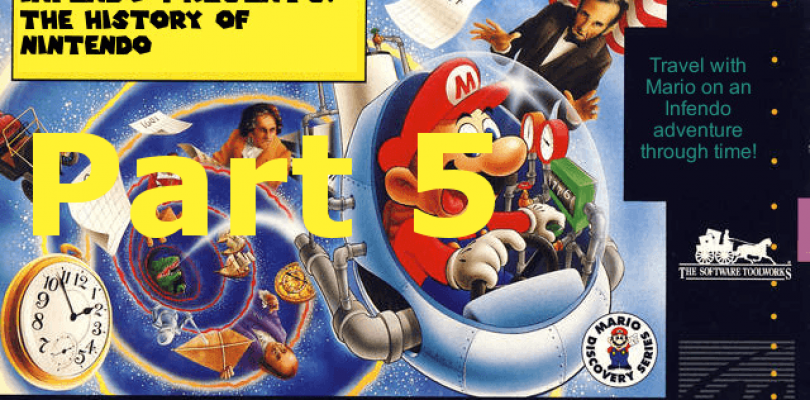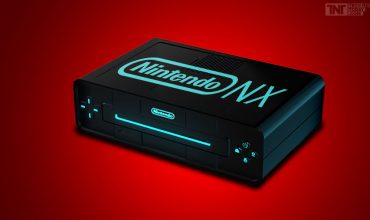Welcome to the Infendo Presents: The History of Nintendo! Join us as we chronicle Nintendo from their humble hanafuda beginnings, to the dominance of the Wii and DS and beyond!
Outside of Japan, if you asked your average person if they knew who Nintendo was in 1979, chances are you would get a resounding no. Fast forward just a few short years to 1981 and the name Nintendo was on the collective conscious of every arcade goer with the release of Donkey Kong. Just a few years after later the name Nintendo would become synonymous with all video games as the NES entered the market.
Having already proven their dominance in the home console market, Nintendo would once again tap the well that was Gunpei Yokoi. Yokoi was already a force within the video game industry, but what would come next is likely the greatest creation in his storied legacy, the Game Boy.
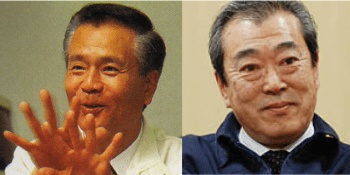
The Game Boy was the brainchild of Yokoi and Satoru Okada. The pair had worked with one another at Nintendo’s R&D1 studio, having already released games such as Metroid and Kid Icarus.
Okada would be tasked with creating the inner workings of the Game Boy, with Yokoi handling the physical design of the system. Nintendo knew that for the Game Boy to succeed, the console would have to be released at an affordable price point. That meant that for Okada, many sacrifices would have to be made.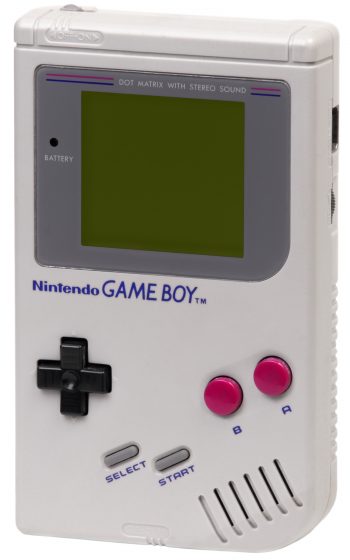
While the CPU for the Game Boy was slightly more powerful than the chip found in the NES, due to cost restrictions, the Game Boy was designed with a monochromatic LCD screen with the ability to display 4 color shades. To make matters worse, the screen background was tinted green.
Despite these drawbacks, and the continued push from Okada to upgrade the console, the Game Boy was released on April 21, 1989 in Japan (July 31, 1989 in North America). History would prove that Nintendo had made the correct decision.
Sporting a fantastic battery life and unmatched durability, the Game Boy was by far the most successful handheld of its time. That wasn’t for a lack of competition either, as many companies from the likes of Sega and Atari threw their own products into the ring with Nintendo only to come out on the losing end.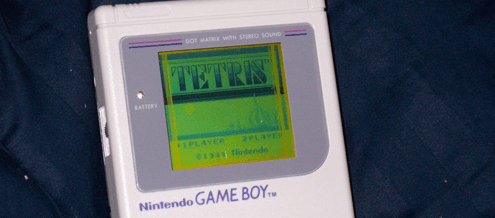
Many would argue that a man going by the name of Henk Rogers had a huge contribution to that. While not a household name, Rogers is essentially the man responsible for Tetris in the West.
Having seen Tetris at the Consumer Electronics Show in Las Vegas in 1988, Rogers was convinced of the eventual success of the title. Already a name in the PC market, the Tetris license was at the time very mismanaged. Tetris was already being sold in several countries under an invalid license. Rogers, seeing an opportunity, hopped on a plane to Moscow where Tetris creator Alexey Pajitnov lived.
Having already convinced Nintendo of America’s Minoru Arakawa of the importance of the Tetris licence, Rogers secured the Tetris license as an exclusive to Nintendo video game consoles. Tetris would become a pack in title for the American Game Boy launch, and for many, it would be the only game to ever enter their Game Boy cartridge slot.
The Game Boy would continue its dominance for well over a decade due to several hardware revisions, and solidifying itself as the clear market leader making developing games for the system extremely attractive to game publishers. The first upgrade to the Game Boy would come in the form of the Game Boy Pocket released in 1996. The machine was considerably smaller, used only two AAA batteries as opposed to the four AA in the original, and featured a much improved non-green tinted screen. Although the screen was not backlit, the Japanese only Game Boy Light would later at this feature.
The final missing feature would finally be added in the form of the Game Boy Color in 1998. The system may likely have never been released had it not been for the massive popularity of Pocket Monsters or Pokemon which released in 1996 in Japan. Seeing that the Game Boy still had plenty of life in it, Nintendo of America would release the first Pokemon titles Red and Blue on September 30th 1998, ensuring the continued popularity of the Game Boy line.
Join us tomorrow as we continue our History of Nintendo series as we cover what is arguably Nintendo’s greatest home console, the Super Nintendo.

